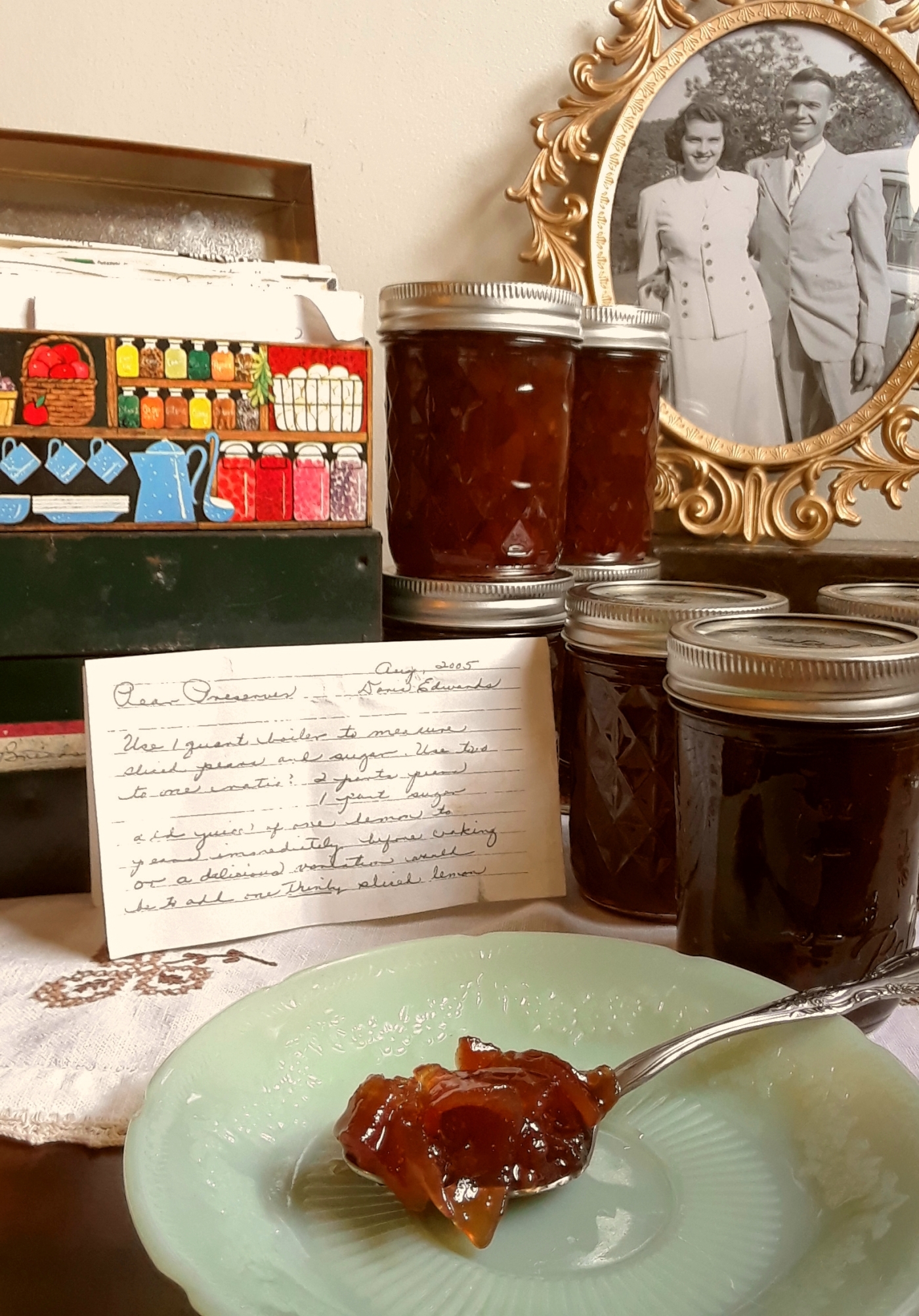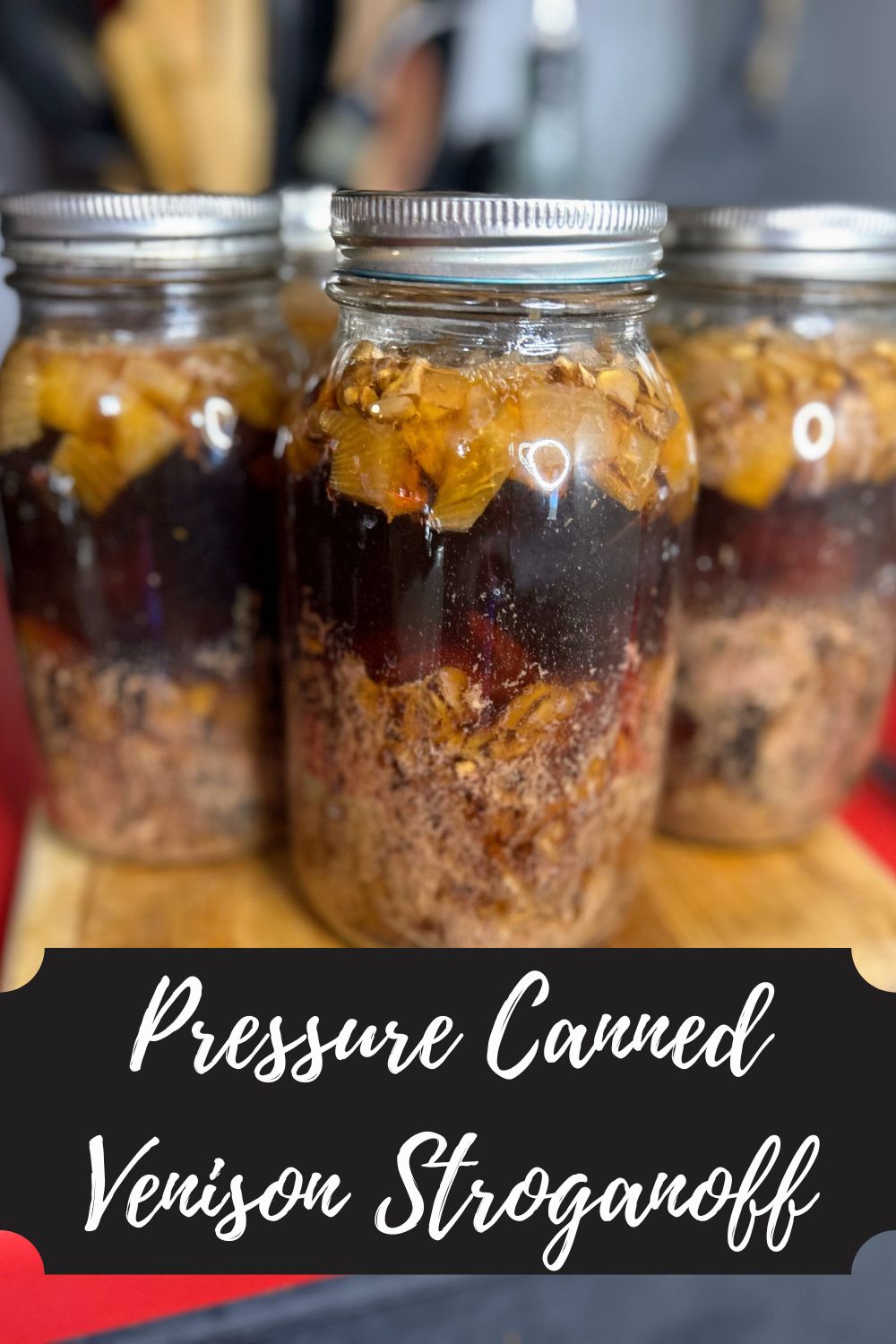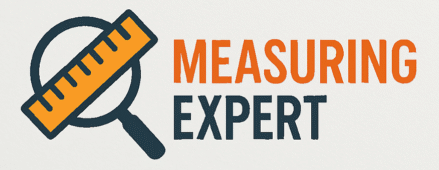Measuring ingredients correctly is key to successful canning and preserving. Accurate measurements ensure safety and quality.
Canning and preserving food at home can be a rewarding experience. It allows you to enjoy seasonal produce all year long. But, precision is important. Incorrect measurements can lead to spoilage or even health risks. Understanding how to measure ingredients properly is crucial.
This guide will walk you through the steps to make sure your canned goods are safe and delicious. You’ll learn about different measuring tools and techniques. Whether you’re a beginner or need a refresher, this information will help you preserve food like a pro.

Credit: diggingfood.com
Introduction To Canning And Preserving
Canning and preserving are age-old techniques to save food. They allow you to store fruits, vegetables, and even meats for longer periods. This process involves sealing food in containers and heating them to kill harmful bacteria. It’s a great way to enjoy seasonal produce all year round.
Importance Of Accurate Measurements
Accurate measurements are key in canning and preserving. They ensure your food stays safe and tasty. Too much or too little of an ingredient can spoil your batch. Following recipes closely helps maintain the right balance of flavors and prevent contamination.
Basic Tools Needed
Having the right tools makes canning easier. A few essential items include measuring cups and spoons, a kitchen scale, and a funnel. These help measure ingredients precisely. Also, a ladle and jar lifter are helpful for transferring and handling hot jars. These tools ensure safety and precision.
Choosing The Right Ingredients
Accurate measurements ensure the perfect balance of flavors in your canned goods. Use quality ingredients for the best results. Follow recipes closely to maintain consistency and safety.
Choosing the right ingredients is key to successful canning and preserving. The quality of your ingredients impacts the flavor and safety of your preserved foods. Let’s explore the importance of freshness and quality, and the debate between organic and conventional ingredients.Freshness And Quality
Fresh ingredients make a big difference in canning. Fresh fruits and vegetables have better flavor and texture. Always pick ingredients at their peak ripeness. Avoid overripe or underripe produce. This ensures the best taste and preservation. Check for any signs of spoilage. Discard anything with mold or bruises. Clean and dry your ingredients thoroughly before starting.Organic Vs Conventional
Choosing between organic and conventional produce can be tough. Organic ingredients are grown without synthetic pesticides or fertilizers. They are often considered healthier. But they can be more expensive. Conventional produce is more affordable. It is also more widely available. Both types can be used for canning. The choice depends on your budget and preferences. Make sure to wash conventional produce well to remove pesticide residues.Measuring Techniques For Liquids
Hey friends, today we’re diving into the world of canning and preserving. A big part of this process is measuring ingredients correctly. Especially liquids. Get this right, and your preserves will taste amazing. Let’s look at two important techniques for measuring liquids.
Using Liquid Measuring Cups
First off, always use a liquid measuring cup. Why? Because it makes a huge difference. These cups have a spout for easy pouring and are usually clear, so you can see the measurements.
- Place the cup on a flat surface.
- Bend down to eye level with the cup. This ensures you’re reading the measurement correctly.
- Pour the liquid slowly. Stop when the liquid reaches the desired mark.
Simple, right? But it’s crucial to do it correctly. I once used a regular cup, and my jam turned out too runny. Lesson learned!
Avoiding Common Mistakes
Now, let’s talk about some common mistakes. These can mess up your canning process. Here are a few to avoid:
- Not using the right cup: Using a dry measuring cup for liquids can lead to inaccurate measurements.
- Guessing the amount: Always measure. Guessing can ruin the recipe.
- Reading at the wrong angle: Remember to check the measurement at eye level. Reading from above can give a false reading.
- Overfilling the cup: Pour slowly. It’s easier to add more than to take out extra.
The good news? These mistakes are easy to avoid with a bit of care. And trust me, the results are worth it. You’ll get perfect jams, jellies, and preserves every time.
So there you have it. Measuring liquids doesn’t have to be tricky. Just follow these tips, and you’ll be a canning pro in no time. Happy preserving!

Credit: melissaknorris.com
Measuring Dry Ingredients
Measuring dry ingredients accurately is crucial for successful canning and preserving. The right measurements ensure consistency and safety in your preserved foods. In this section, we’ll discuss how to measure dry ingredients with precision.
Using Dry Measuring Cups
Always use dry measuring cups for dry ingredients. They are designed for better accuracy. Fill the cup to the top without packing the ingredient down. This method prevents measuring too much or too little.
Leveling And Sifting
Once the cup is filled, use a flat edge to level it off. This ensures an exact measurement. For some recipes, sifting is necessary. Sifting breaks up clumps and adds air. Use a sifter or a fine-mesh strainer. Measure after sifting for the best results.
Measuring Small Quantities
When it comes to canning and preserving, measuring ingredients correctly is key. Small quantities, in particular, can make a big difference in the final outcome. Don’t worry, though. With a few simple tips, you can measure small amounts accurately and ensure your preserved foods turn out perfect every time. Let’s dive in!
Using Measuring Spoons
Measuring spoons are a must-have for anyone serious about canning and preserving. They help you measure small amounts of ingredients like spices, salt, and baking powder. Here’s how to use them properly:
- Choose the right spoon: Each spoon is labeled with a specific measurement. Make sure you use the one that matches the amount you need.
- Level it off: After scooping your ingredient, use a flat edge, like a knife, to level off the top. This ensures you get an accurate measurement.
- Be precise: If a recipe calls for 1/2 teaspoon, don’t guess. Use the 1/2 teaspoon measuring spoon.
Accuracy Tips
Accuracy is essential when measuring small quantities. A little too much or too little can affect the taste and safety of your preserved foods. Here are some tips to help you measure accurately:
- Use dry measuring spoons for dry ingredients: Wet ingredients can stick to dry measuring spoons, leading to inaccurate measurements.
- Double-check your measurements: If you’re unsure, measure twice. It’s better to be safe than sorry.
- Follow the recipe exactly: Don’t improvise when it comes to measurements. Stick to the recipe to ensure the best results.
Here’s a personal tip: I recently tried canning peaches. I thought I could eyeball the sugar. Big mistake! The peaches turned out way too sweet. Lesson learned. Always measure carefully, especially with small quantities.
Measuring small quantities doesn’t have to be a headache. With the right tools and a bit of practice, you’ll be a canning and preserving pro in no time.
Adjusting Measurements For Altitude
Adjusting measurements for altitude is vital in canning and preserving. Altitude affects boiling points and processing times. This ensures safe and delicious results. Understanding why altitude matters and how to adjust calculations is key.
Why Altitude Matters
Altitude influences the boiling point of water. Higher altitudes mean lower boiling points. This affects the effectiveness of the canning process. Inadequate processing can lead to spoiled food. Knowing your altitude is the first step. Local extension offices or online maps can help determine this.
Calculation Adjustments
Adjustments are necessary to ensure safety. Higher altitudes require longer processing times. For every 1,000 feet above sea level, add one minute to the processing time. This helps destroy harmful bacteria. Always round up to the nearest minute for safety.
Pressure adjustments are also needed. Higher altitudes need higher pressure. For every 1,000 feet, increase the pressure by 0.5 pounds. Follow your pressure canner’s manual for precise adjustments. Always use a reliable pressure gauge.
Using Digital Scales
Digital scales ensure accurate measurement of ingredients for canning and preserving. They help maintain consistency and quality in your recipes. Accurate weighing leads to better results.
Hey friends, today we’ll talk about a super helpful tool for canning and preserving – digital scales. They make measuring ingredients easy and accurate. No more guesswork! Let’s dive into the benefits of digital scales and how to calibrate them.Benefits Of Digital Scales
Using digital scales has many perks. Here are some key benefits:- Accuracy: Digital scales give precise measurements. This is crucial for canning and preserving. No more over or under-measuring ingredients.
- Simplicity: They are easy to use. Just place your ingredient on the scale and read the number. Simple, right?
- Consistency: Every time you measure, you’ll get the same result. This ensures your recipes turn out great every time.
- Versatility: You can measure in grams, ounces, pounds, or kilograms. Perfect for any recipe!
- Convenience: Digital scales are compact and portable. You can store them easily and take them anywhere.
How To Calibrate
Calibrating your digital scale is important. It ensures that your measurements are accurate. Here’s a simple step-by-step guide:- Turn on the scale: Press the power button to turn on your digital scale.
- Place it on a flat surface: Make sure the scale is on a level surface. This helps with accuracy.
- Zero the scale: Press the “tare” or “zero” button. This resets the scale to zero.
- Use a calibration weight: Most scales come with a calibration weight. If not, you can use a known weight object, like a 100g weight.
- Place the weight: Put the calibration weight on the scale. The scale should read the exact weight of the object.
- Adjust if needed: If the scale doesn’t read the correct weight, follow the manufacturer’s instructions to adjust it.
Storing And Labeling Ingredients
Preserving and canning involve precise measurement and storage of ingredients. Proper storage and labeling ensure the quality and safety of your preserved foods. This section will guide you through effective storage methods and labeling techniques.
Proper Storage Methods
Store ingredients in a cool, dry place to maintain their freshness. Use airtight containers to prevent moisture and pests from spoiling your ingredients. Glass jars, plastic containers, and vacuum-sealed bags work well for this purpose.
Check for any signs of spoilage before using stored ingredients. Discard any items with mold, strange odors, or discoloration. Keep an inventory of your stored ingredients to ensure none go to waste.
Effective Labeling Techniques
Label each container with the ingredient name and the date of storage. This helps you track the freshness and use older items first. Use waterproof labels to avoid smudging or fading over time.
Include any important information on the label. For example, note if the ingredient is raw, cooked, or needs special handling. Clear and concise labeling reduces confusion during the canning and preserving process.
Expert Tips And Tricks
Measuring ingredients for canning and preserving can be tricky. Precision matters to ensure the safety and quality of your preserves. Here are expert tips and tricks to help you measure accurately.
Common Measurement Mistakes
Many people make common mistakes while measuring ingredients. One mistake is using the wrong type of measuring tool. Dry and liquid ingredients need different tools. Another mistake is not leveling off dry ingredients. This can lead to inaccurate measurements.
People often overlook the importance of temperature. Cold ingredients can alter the volume. Using ingredients at room temperature ensures more accurate measurements. Finally, reading the measurement at the wrong angle can cause errors. Always check at eye level.
Pro Tips For Accuracy
Use proper measuring tools for each ingredient. Liquid measuring cups are for liquids. Dry measuring cups are for dry ingredients. For small amounts, use measuring spoons.
Level off dry ingredients with a flat edge. This ensures you have the exact amount. Weighing ingredients can also improve accuracy. A kitchen scale gives precise measurements.
Measure at eye level to avoid errors. Place the measuring cup on a flat surface. Bend down to check the amount. This way, you get an accurate measurement.
Store ingredients properly to maintain their quality. Fresh ingredients give better results. Follow these tips to ensure your canning and preserving are safe and delicious.

Credit: jessinthekitchen.com
Frequently Asked Questions
How To Measure Ingredients Correctly?
Use proper measuring cups and spoons. Level off dry ingredients. Check liquid measurements at eye level. Follow recipe instructions precisely.
What Is The Ratio For Canning?
The standard canning ratio is 1:1. This means equal parts of food and liquid. Always follow specific recipe guidelines.
What Is The Best Canning Method For Beginners?
Water bath canning is the best method for beginners. It is simple, safe, and effective for high-acid foods.
What Ingredients Are Not Safe For Canning?
Dairy products, eggs, thickeners, pasta, rice, and certain low-acid vegetables like broccoli and cauliflower are not safe for canning.
Conclusion
Accurate measuring is key for successful canning and preserving. Use proper tools like measuring cups and spoons. Follow recipes closely to ensure safety and taste. Practice makes perfect, so start small and build your confidence. Enjoy the process and the delicious results! Proper measurement leads to better preserved foods and less waste.
Happy canning!
